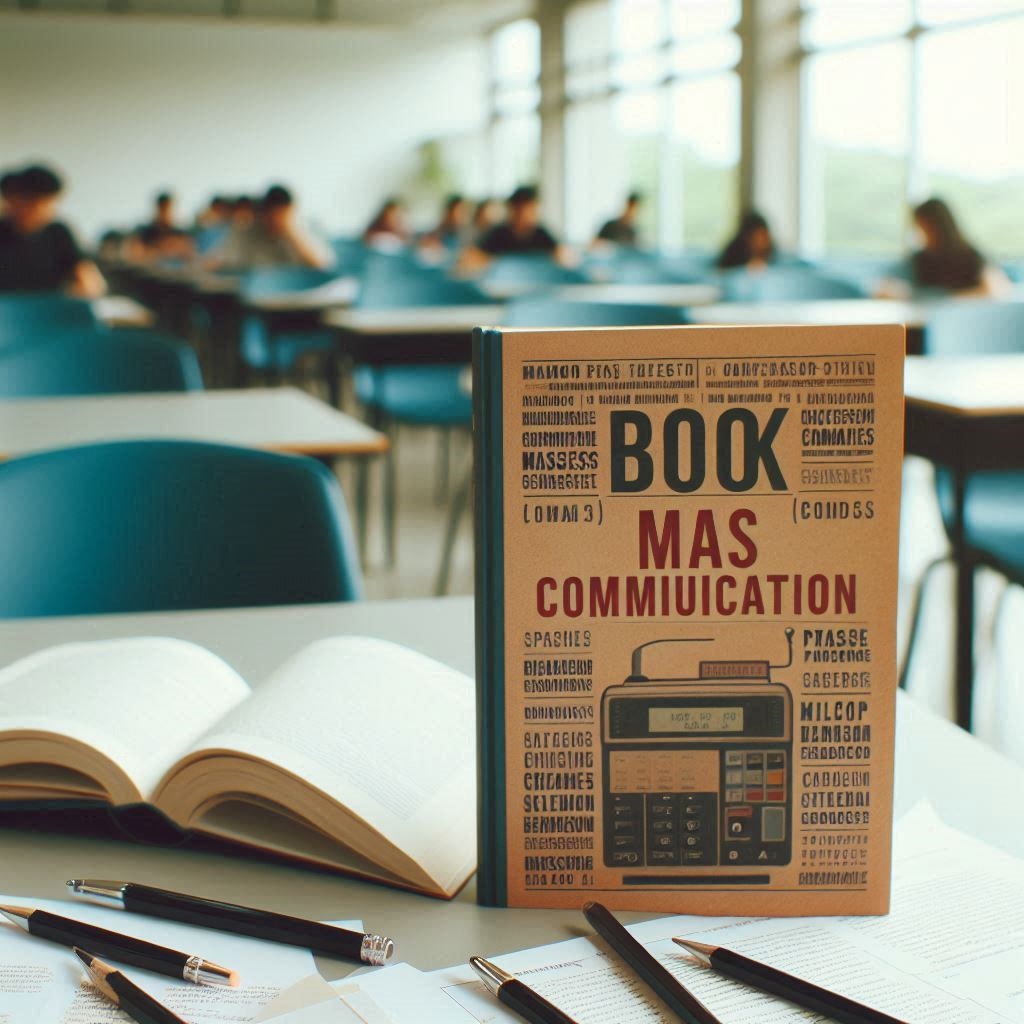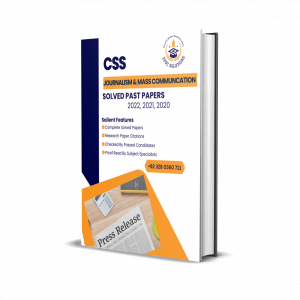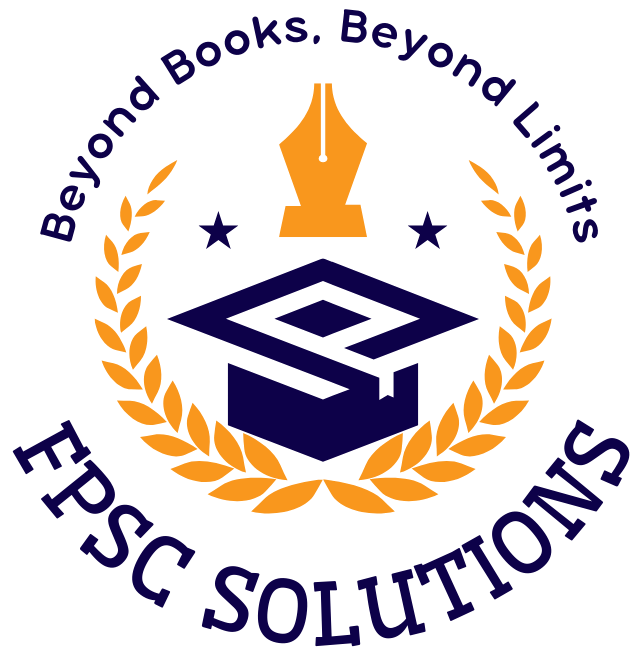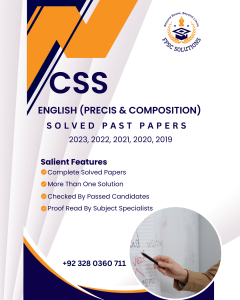The CSS exam in Pakistan is a highly competitive exam conducted annually by the FPSC to recruit civil servants for various government positions. The candidate needs a deep understanding and knowledge of all subjects, especially CSS journalism and mass communication, which is no easy task. It demands a deep understanding of media theories, history, and current affairs.
Our CSS Journalism and Mass Communication paper 2021 solutions offer a comprehensive result. They provide not just answers, but a Organized pathway to succeeding in the exam. Whether you’re searching for ‘A CSS journalism mass communication paper 2021 solution or preparation material this resource is your answer.

CSS Journalism and Mass Communication Past Paper 2021
Q2. Is communication the process of creating shared meaning? Explain in detail.
Q3. Describe the traditional model of adoption and diffusion of innovations. Explain how the qualities of innovations affect the adoption process.
Q4. Unequal information flow causes cultural imperialism and diminishes national sovereignty. Comment.
Q5. Describe the role of the Muslim press in the creation of Pakistan.
Q6. Is the assumption that “the newspaper is unbiased and objective and that the public relations professionals are not” valid? Why or why not?
Q7. Has our media failed to develop a code of ethics as an institution? Comment.
Q8. Write notes on any two of the following: (10 each) (20)
- Glocalisation
- Libel and defamation
- Social media as a news service.
Expert Analysis and Solved Papers of CSS Journalism Mass Communication 2021
-

CSS JOURNALISM MASS COMMUNICATION SOLVED PAST PAPERS 2024, 2023, 2022, 2021, 2020
₨ 999 – ₨ 2,999Select options This product has multiple variants. The options may be chosen on the product page
Effective Strategies for Each Question
Q2. Is communication the process of creating shared meaning? Explain in detail.
Begin by defining communication as a process of creating shared meaning among individuals. Explain that communication involves encoding, transmitting, and decoding messages. Discuss the various models of communication that highlight this process, such as the Shannon-Weaver model or Berlo’s SMCR model. Illustrate how shared meaning is achieved through feedback and adjustments in message delivery, and provide examples from everyday communication to reinforce your points.
Q3. Describe the traditional model of adoption and diffusion of innovations. Explain how the qualities of innovations affect the adoption process.
Start with an overview of the traditional model of adoption and diffusion, such as Everett Rogers’ Diffusion of Innovations Theory. Detail each stage of the adoption process: awareness, interest, evaluation, trial, and adoption. Then, discuss the qualities of innovations—such as relative advantage, compatibility, complexity, trialability, and observability—and how these factors influence the rate and extent of adoption among different groups.
Q4. Unequal information flow causes cultural imperialism and diminishes national sovereignty. Comment.
Introduce the concept of cultural imperialism and how unequal information flow contributes to it. Explain that dominant countries or corporations often control global media and information, which can undermine the cultural identity and sovereignty of less powerful nations. Provide examples of how media dominance can lead to cultural homogenization and reduce the influence of national media systems.
Q5. Describe the role of the Muslim press in the creation of Pakistan.
Outline the historical context of the Muslim press during the early 20th century in British India. Highlight key figures and newspapers that played a role in the independence movement, such as the “Dawn” newspaper and its founder, Mohammad Ali Jinnah. Discuss how the Muslim press advocated for Muslim rights and contributed to the political discourse that ultimately led to the creation of Pakistan.
Q6. Is the assumption that “the newspaper is unbiased and objective and that the public relations professionals are not” valid? Why or why not?
Examine the concept of bias and objectivity in both journalism and public relations. Argue that while newspapers strive for objectivity, they are often influenced by editorial policies, ownership, and political affiliations. In contrast, public relations professionals are explicitly tasked with shaping perceptions to favor their clients. Use examples to show how biases can manifest in both fields and challenge the assumption of inherent objectivity in newspapers.
Q7. Has our media failed to develop a code of ethics as an institution? Comment.
Discuss the importance of a code of ethics for media institutions and whether the current media landscape meets these standards. Review the existing codes of ethics by major media organizations and their enforcement. Highlight any gaps or issues, such as sensationalism or lack of accountability, that suggest the media has not fully developed or adhered to a robust ethical framework.
Q8. Write notes on any two of the following:
Glocalization: Glocalization is the adaptation of global products or ideas to fit local contexts. Provide examples of how businesses or media outlets modify their offerings to suit local tastes while maintaining global branding.
Libel and Defamation: Explain the concepts of libel (written defamation) and defamation (false statements that harm someone’s reputation). Discuss legal standards and consequences associated with libel and defamation, and provide examples of high-profile cases.
Social Media as a News Service: Describe how social media platforms have become primary sources of news for many users. Discuss the advantages, such as immediacy and diversity of perspectives, as well as the challenges, such as misinformation and lack of editorial oversight.
Our solved past papers give you a clear understanding of the exam pattern and the type of questions asked. By studying these papers, you’ll be better equipped to tackle the CSS Journalism and Mass Communication exam with confidence. Remember, practice makes perfect. Use these solved papers as a starting point for your preparation and you’ll be well on your way to success.


